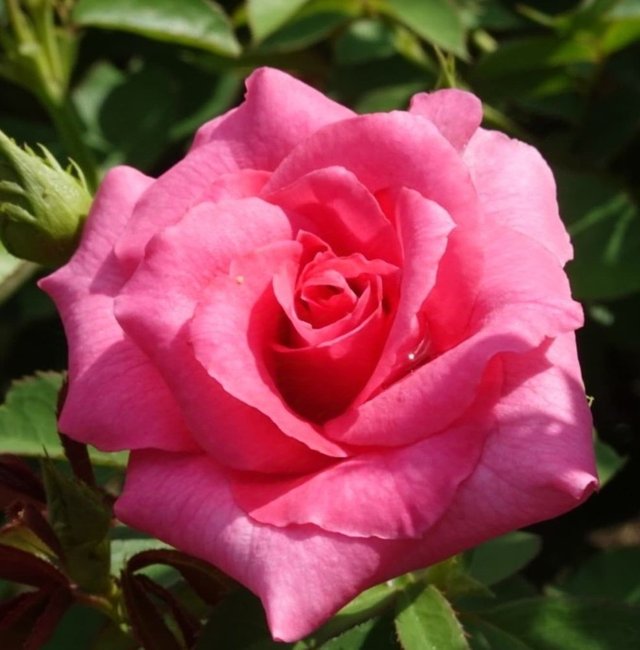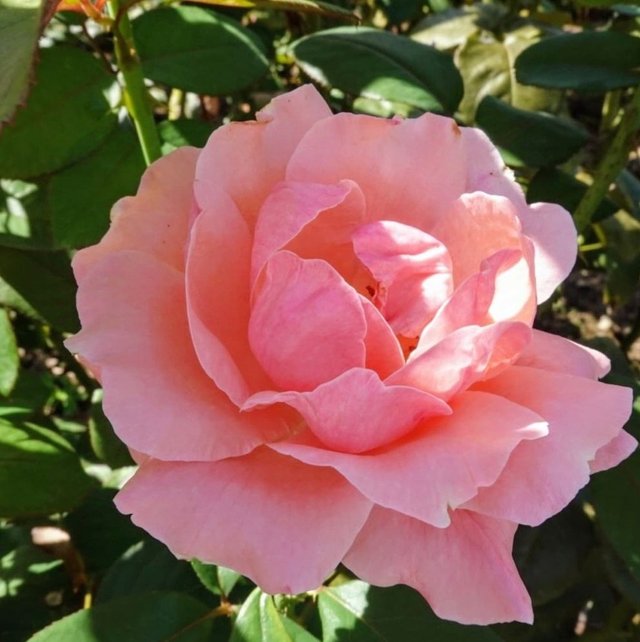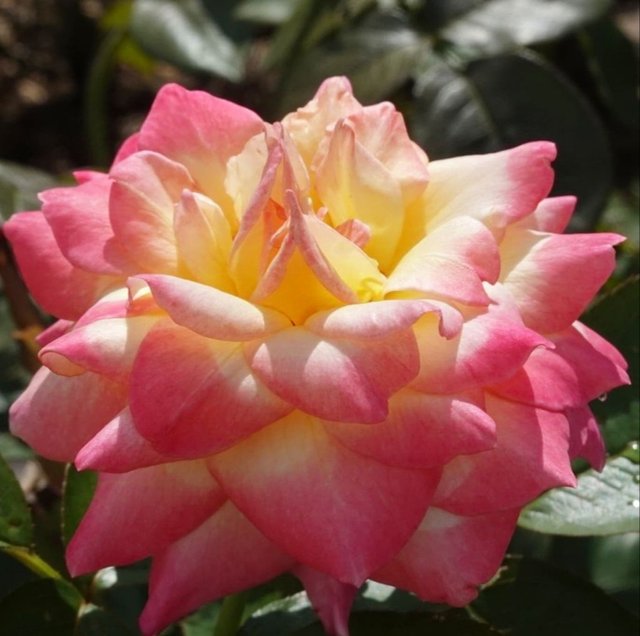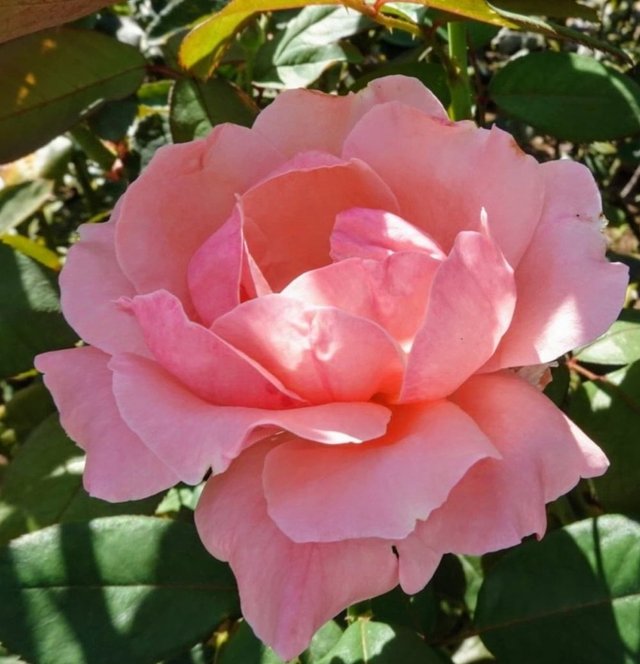Rosa 'Queen Elizabeth So Beautiful
Rosa 'Queen Elizabeth' is a stunning and historically significant hybrid tea rose, renowned not only for its delicate beauty but also for its robust, towering presence and strong resilience. Named in honor of Queen Elizabeth II's coronation in 1952, this rose holds a special place in both horticultural circles and public sentiment as it symbolizes elegance, strength, and royalty.
Origin and History
The Rosa 'Queen Elizabeth' was bred by Dr. Walter Lammerts in 1954, just two years after Queen Elizabeth II ascended to the throne. Dr. Lammerts, a renowned American rose breeder, sought to create a rose that embodied both the classic beauty of the hybrid tea rose and the floribunda's floriferousness and bushy growth habit. What he achieved with the 'Queen Elizabeth' was nothing short of revolutionary: a grandiflora rose that combined the best attributes of both types.
It was the first of its kind, creating a new category of roses known as grandiflora, which essentially blends the showy, large blooms of hybrid tea roses with the repeat flowering and vigorous growth of floribundas. This crossbreed resulted in a rose that became highly prized by gardeners and flower enthusiasts around the world.
Physical Characteristics
The Rosa 'Queen Elizabeth' rose bush is known for its height and upright growth habit. It can reach impressive heights of 5 to 10 feet, making it one of the tallest varieties of roses. This makes it a great choice for creating a striking vertical element in gardens, whether planted alone as a focal point or used to form a backdrop to other shorter plants.
The blooms of 'Queen Elizabeth' are perhaps its most defining feature. Each bloom is a perfect example of classic rose beauty, with long, slender stems and high-centered buds that unfurl into large, fully double blossoms. The flowers typically appear in soft pink, although the shade may vary slightly depending on growing conditions. The petals are slightly ruffled at the edges, giving the flowers a delicate, romantic appearance.




